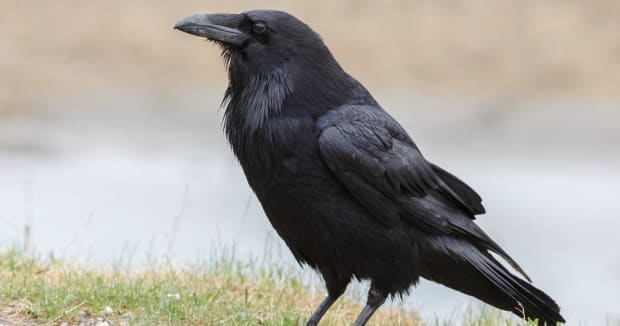More than 100 years after it was last seen, the giant Neptune’s cup sponge (Cliona patera) has been rediscovered off the coast of southern Singapore.
First discovered in 1822, the sponges grew so large — a metre or more in both height and diameter — that their cup-like structures were sometimes used as tubs for babies. But their size made them valuable to collectors around the world and they were overharvested until they disappeared from Singapore in the 1870s. The last time living sponges were seen was 1908, when collectors found some in West Java, Indonesia. The species was then thought to be extinct.
But in the 1990s, a few dead Neptune’s cup sponges turned near Australia, giving researchers hope that they might find these massive Porifera again in the oceans around Singapore.
And now that hope has been met: Two living Neptune’s cup sponges have been found near Singapore’s St John’s Island. The first specimen was found in March by biologists with the environmental engineering firm DHI Water & Environment (S) Pte Ltd. A second sponge was found 50 meters away















 RSS – Posts
RSS – Posts